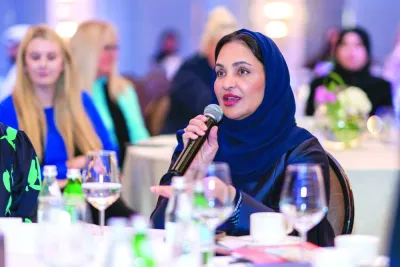Procter & Gamble Co, the biggest advertiser in the US, kept its ads off YouTube for more than a year because of concerns about inappropriate content.
Now it’s returning to the video site, but a lot more selectively than before.
The consumer-goods giant, which spent $2.75bn on ads last year, according to Kantar Media, told its brands like Crest and Tide this week they can buy spots on YouTube. The Cincinnati-based company stopped spending on YouTube in March 2017 following an outcry over extremist and other disturbing videos. The boycott spread to other marquee marketers, prompting Alphabet Inc’s Google to overhaul YouTube policies and hire more human moderators to clean up the service.
“We paused advertising, and for the past year, we’ve worked extensively with YouTube to improve brand safety,” Tressie Rose, a P&G spokeswoman, said in a statement.
“We now feel the right measures are in place for P&G brands to have the option to advertise on YouTube.”
On Thursday, CNN reported that more than 300 advertisers unknowingly ran ads on YouTube videos endorsing white supremacy, paedophilia and other extremist positions. When asked if P&G was still planning to return to the video service after the news, the company confirmed the decision.
“We appreciate the partnership with P&G and look forward to continue working with them,” YouTube said in a statement.
P&G is doing things differently this time, though. It plans to only advertise on videos the company has reviewed and approved. Those clips will come from fewer than 10,000 YouTube channels, according to P&G. The company used to market through about 3mn YouTube channels. P&G declined to comment on the amount it is spending on the video service.
Still, winning back P&G is a coup for Google. The YouTube ad boycott cast a shadow over one of the Internet giant’s fastest-growing businesses. The exact financial impact has been unclear because Google doesn’t report YouTube results, and the company’s broader advertising business has continued to grow.
On an earnings call in February, Google chief executive officer Sundar Pichai told investors that the company was working to “respond strongly” to advertiser concerns over YouTube.
Google gave marketers more control over where and how they run ads on YouTube. In January, it introduced a sweeping set of changes, including a pledge to manually review every ad in Google Preferred, a pricier collection of more popular videos. P&G remained a holdout after those changes, and is now getting even more control.
Marc Pritchard, P&G’s chief brand officer, has been one of the most outspoken critics of the increasing automation of digital advertising, an industry Google dominates. At a conference in early 2017, Pritchard denounced the sector for not adequately curbing ad fraud and measurement problems. “We don’t want to waste time and money on a crappy media supply chain,” he said at the time.

The Proctor & Gamble headquarters in Cincinnati, Ohio. P&G is doing things differently this time. It plans to only advertise on videos the company has reviewed and approved.


